From much-dreaded bird flu to rising feed costs, the Indian poultry industry has faced multiple upheavals since the start of the year. Early in the year, Bihar and Maharashtra showed signs of an H591 Bird Flu outbreak. Soon after, the industry witnessed a staggering increase in the soybean prices, a chief ingredient in poultry feed. Prices of Maize were soon to follow the rising trend. With a steep rise in production costs, chicken prices were not to be left behind; they soared everywhere in India. Inevitably, production dipped by nearly 15-20%. A fall in production is never a piece of good news for any industry or any economy. While the poultry sector constantly finds itself plunged into an influx of challenges, exploring the economics behind the price volatility might provide some respite.
The sector is reeling under the burden of negative externalities. And often, negative externalities can lead to market failure. But, what is a negative externality, and how does it affect the poultry industry? Simply put, a negative externality arises when producing or consuming a product brings forth a cost to any third party. And externalities often pave the road to market failure because a product’s equilibrium price cannot reflect the actual costs or benefits. In the current scenario, the poultry sector is the third party, and many factors(negative externalities) are eager to claim accountability.
Russia-Ukraine War
War is never a good thing, but the consequences of war are even worse. The economic costs of war can be felt long after the battle has concluded. Often, the cost bearers are subjects who had little to do with the war. The Russia-Ukraine war was inescapably no different. The war caused massive disruptions in multiple industries, and the ripples were felt worldwide. The resultant war led to various sanctions against Russia, causing insurmountable trade turbulence. Not only Export-import but also the supply chain remained deeply disturbed. The war had wholly disrupted global trade.
Russia and Ukraine provide nearly 30% of the global wheat exports. The dip in exports reduced the supply of wheat in the market. A drop in supply always increases the price of the good. The rising wheat prices painfully impacted the debt-ridden countries that heavily depend on imports. Also, as wheat became costly, buyers preferred alternate grains for consumption. A sudden change in preference increased the demand for grains like maize, rice and soy. Often, such situations create favourable grounds for speculators to gain from trading in futures contracts involving grains. Speculation causes a price bubble resulting in inflated prices. From wheat, soy, and rice to maize, the grain price increase showed no sign of reversal. Though domestic supply remained stable, the global wheat shortage affected domestic prices. Moreover, due to sanctions and export restrictions, the supply of edible oil also remained primarily affected.
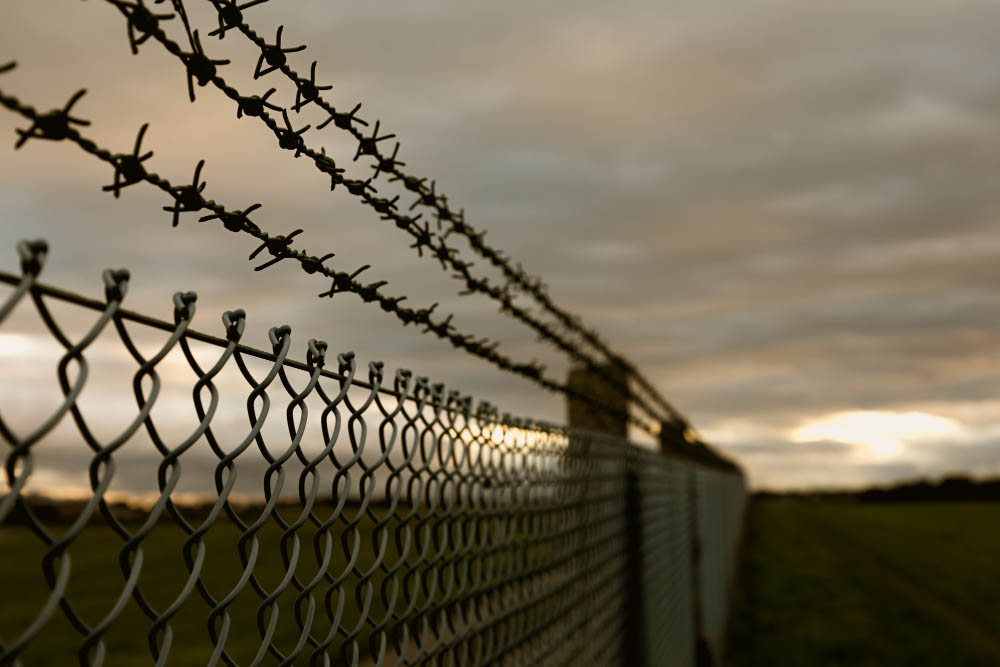 Since chaos and war go hand in hand, the poultry sector was one of the victims to pay the price. Inflation in edible oils, cereals and grains translated into elevated feed prices. Soy and maize are essential poultry feed materials. In the poultry industry, feed cost accounts for nearly 60-70% of the total production costs. Sudden price hikes make it challenging to keep up with production forcing small to medium businesses to cease production. Externalities arising out of war always come with an exorbitant price tag.
Since chaos and war go hand in hand, the poultry sector was one of the victims to pay the price. Inflation in edible oils, cereals and grains translated into elevated feed prices. Soy and maize are essential poultry feed materials. In the poultry industry, feed cost accounts for nearly 60-70% of the total production costs. Sudden price hikes make it challenging to keep up with production forcing small to medium businesses to cease production. Externalities arising out of war always come with an exorbitant price tag.
What can be done
- Establishing a price ceiling in commodities fetching unfair market rates. A price ceiling ensures the seller cannot charge beyond the ceiling amount.
- Provision of subsidies in maize, soybean and broken rice to minimise input costs.
- Interest waiver on bank loans given to poultry units.
Rising Feed Cost
The war played a harsh role in the ensuing price hike, but it is not the sole contributor to the incessant increase in feed cost. Instead, variations in input prices can be attributed to multiple factors. A good harvest, supply chain networks, geopolitics, export policies, the interest rate, financial markets, grain inventories and climate all play a crucial role in determining feed prices. With innumerable factors at play, establishing a stable price mechanism is not a child’s play.
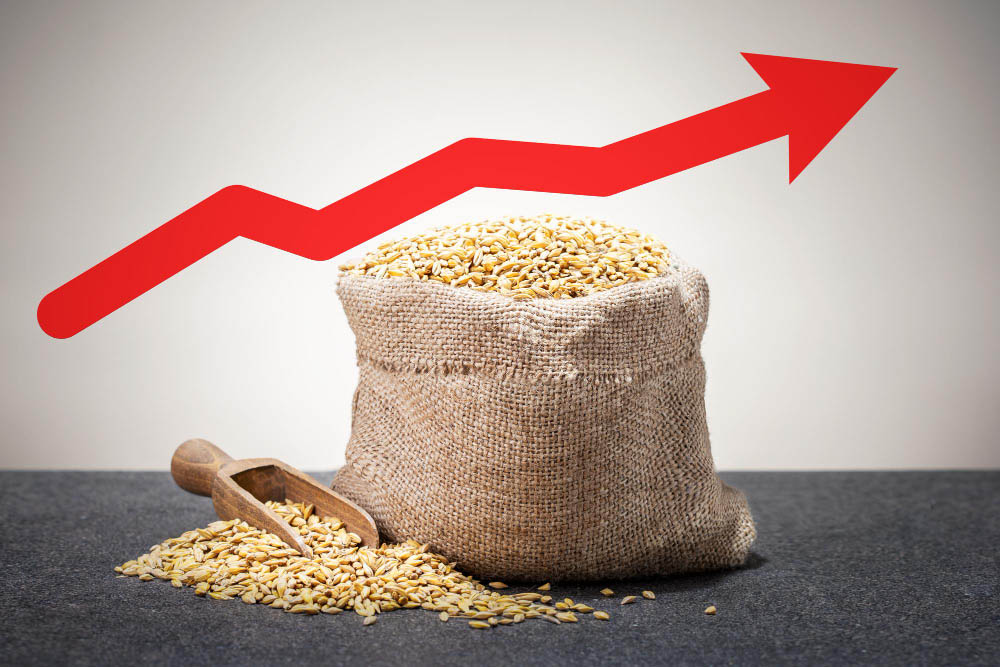
Variations in a single factor are sufficient to cause price volatility in the poultry market. And food price volatility is a grave concern, especially for emerging countries. Volatility in prices causes uncertainty in the market and hinders growth. It also gives rise to the incidence of misinformation amongst consumers and producers alike. When price fluctuations arise, producers prefer to hold production until the situation stabilises. A drop in production leads to lesser jobs, poor utilisation of capital and decreased earnings. It negatively impacts growth and further captures people’s ability to purchase and produce.
It is indeed a call for help to the policymakers to identify the dynamic structure of the challenge, target the loopholes and take immediate action. The correct action can stabilise the prices, mitigating the impact and thus boosting investment and consumption. And the country has been proactive in its measures. When India observed a staggering increase in soybean prices, the government allowed imports of GM de-oiled soy cake as a raw material in poultry feed. The move brought relief as it increased the availability of soybean in the market, thus stabilising prices in the long run.
What can be done
Finding a protein substitute invites a sizeable challenge. The alternative protein source must be readily available, affordable, and possess adequate nutrient levels. Several existing alternative sources of protein contain compounds which inhibit growth in poultry. But, the future of poultry feed needs safeguarding. Hence, research to further develop alternative protein sources and their appropriate processing can reduce dependency on soybean and maize.
Consumer Preferences and Transportation
India is a nation where Indians prefer fresh meat over packaged meat. Though a considerable shift in the trend is 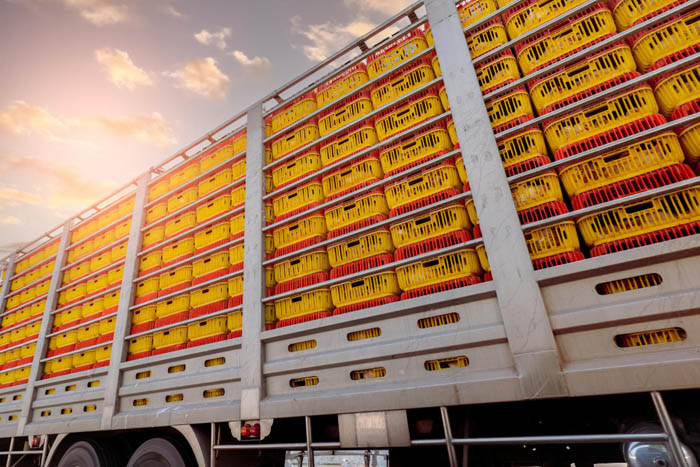 becoming visible in recent times, the former continues to triumph over the latter. However, the existence of poultry belts is regionally skewed. Most of the poultry produce originates from 6-7 states (Maharashtra, Telangana, Andhra Pradesh, Punjab, Karnataka, and Tamil Nadu). Birds are shuttled alive in-between states in appalling conditions. Since the concerned good is perishable in nature, it restricts geographical movement of the output. Transporting live birds results in high bird mortality and shrinkage. With the onset of summer, transporting live birds becomes costlier due to higher mortality risk and reduced supply. It increases cost pushing up the rates.
becoming visible in recent times, the former continues to triumph over the latter. However, the existence of poultry belts is regionally skewed. Most of the poultry produce originates from 6-7 states (Maharashtra, Telangana, Andhra Pradesh, Punjab, Karnataka, and Tamil Nadu). Birds are shuttled alive in-between states in appalling conditions. Since the concerned good is perishable in nature, it restricts geographical movement of the output. Transporting live birds results in high bird mortality and shrinkage. With the onset of summer, transporting live birds becomes costlier due to higher mortality risk and reduced supply. It increases cost pushing up the rates.
To mitigate the logistical nightmare of the industry, transitioning to processed chicken is a plausible solution. Several steps have been taken to make the transition seamless. The growing retail sector propelled the development of integrator-owned frozen poultry brands like Venky’s and Zorabian chicken. Additionally, the government of India created the National Meat and Poultry Processing Board. The board ensured meat and poultry processing units met international standards, the meat underwent quality testing, and wet market conditions improved over time. The ongoing transition from a live-bird market to frozen/chilled poultry products has broadened the scope of expansion of the broiler market. Keeping up with the evolution activates the industry’s growth potential.
Improving transportation infrastructure and enhancing the skill of poultry farmers is the need of the hour.
What can be done
- Promote the development of dry processing units and cold chain facilities.
- Promote the usage of refrigerated trucks and specialised equipment.
- Promote skill enhancement courses. Expertise in cold chain management can immensely aid an Indian poultry farmer.
Seasonal and Other Factors
India is a tropical country because it is positioned close to the equator. The relevance of this fact lies in the climate experienced in the country. And the climate is closely interlinked with the poultry industry. With the beginning of every new season, the industry is met with a basket of new challenges. It is safe to say the industry is highly vulnerable to the vagaries of the weather.
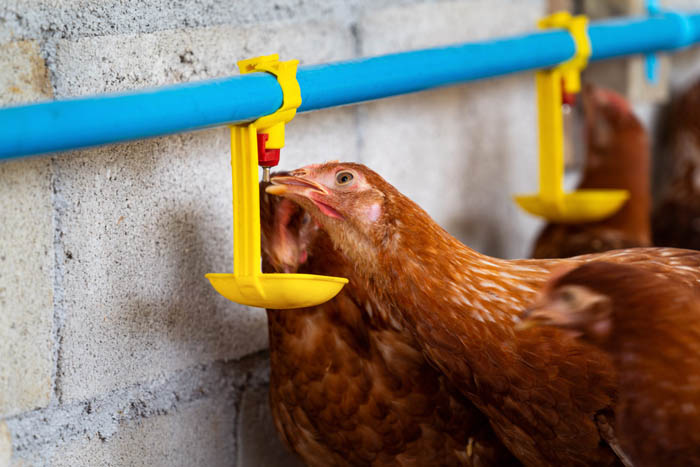 During summer, birds are susceptible to heat stress, adding additional expenses like air conditioners and increased ventilation, which drive up power usage. Also, birds consume less feed due to summer stress, which can sometimes lead to feeding wastage or higher FCR. It is bound to affect broiler performance. It also opens the gate to disease outbreaks that trouble broiler markets’ economics.
During summer, birds are susceptible to heat stress, adding additional expenses like air conditioners and increased ventilation, which drive up power usage. Also, birds consume less feed due to summer stress, which can sometimes lead to feeding wastage or higher FCR. It is bound to affect broiler performance. It also opens the gate to disease outbreaks that trouble broiler markets’ economics.
The arrival of the monsoon comes with its baggage. The rainy season brings along humidity and a fall in temperature affecting both the quality and quantity of feeding. Maintaining the poultry farm can torment a farmer if he isn’t equipped to handle the weather challenges. There is a heightened risk of mycotoxins and respiratory diseases. Also, if rain is delayed, it lowers consumption of poultry products and affects harvest, thereby increasing feed prices. Monsoon indeed poses a dual challenge to the poultry industry.

While effective farm management is a must during monsoon and summers, the winter season is not the one to be left behind. Since temperatures drop in the cold season, birds will likely experience cold stress. They huddle together to acquire warmth and maintain their body temperature. Reduced water intake, decreased feed consumption, and reduction in fertility are issues which crop up with the arrival of winter.
What Can be Done
Each season lays forward its own set of challenges. Every challenge requires a specific set of management practices. The poultry industry is proliferating, with immense potential to grow further in the near future. But growth promotion happens when a country or an industry invests in improving the quality of capital and labour workforce. Training the poultry workforce about effective farm management is crucial. Also, in India, the capital is vastly underutilized. Enhancing and equipping existing infrastructure to meet international standards is the future of the Poultry industry. It is a long journey, but small steps taken today will create big wonders tomorrow.
Understanding the simple economics lurking beneath the fluctuating prices can equip the industry to arrest the problem. Since the poultry market is susceptible to many factors, one policy or following one practice cannot be the solution to all. Instead of fragmenting the challenges, coming up with solutions to stabilise prices will take the industry a long way ahead. Because, sometimes, the art lies not in thinking big but rather in wondering small.
Author: Meghana Mukherjee Salvi, Director – Glamac International
Other article by the author: Coccidiosis: Hindrance In Healthy Poultry Production
Photograph Credit: Title Credit BG-Studio Shutterstock.com, article photograph credit Freepik.com



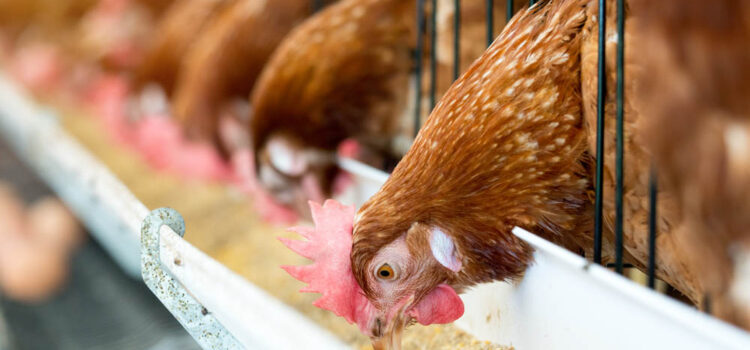



Nice article 👍🏻👌👌👌